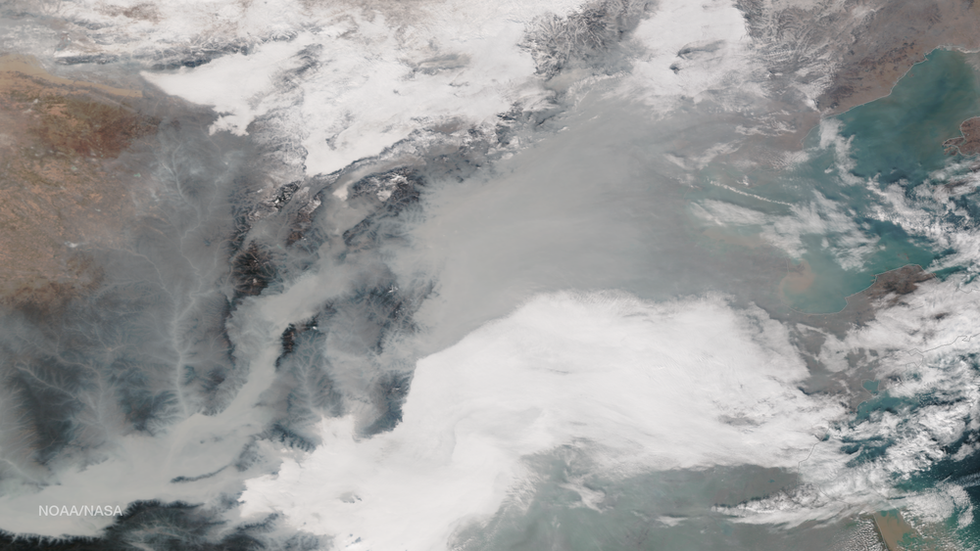China has been receiving high levels of smog throughout this week. Beijing, the capital, was under a red alert for fog on Wednesday, January 4th, and a yellow alert for fog. A red alert is the highest of the four levels of alerts. The city was so blanketed that the skyscrapers were barely visible from the air.
The capital city was not the only city that suffered from smog though. According to CNN’s article, 24 cities in Northern and Eastern regions of China have issues red alerts for both smog and fog. Such high levels of pollution have been occurring for a number of weeks and have led to both traffic bans and flight delays.
This is not the first time that China has experienced such intense pollution either. Such issues in China have been known to close closes and cause panic in farmers over the lack of sunlight. Face masks have even become a common sight as they are used to help protect the air that is breathed.
Such smog is often seen in China during the winters when temperatures drop ad electricity demand rises. The pollution can come from many things but burning coal has been linked to the largest air pollution deaths. The coal typically comes from power plants that power heaters.
Coal, soot or even dust contain particles called PM 2.5. These particles are very small and can easily become stuck in lungs, leading to asthma and chronic lung disease. They have other effects though too such as reducing visibility and contributing to acid rain. They can also discolor buildings.
On Wednesday the PM 2.5 concentration in Beijing was seven times higher than what is considered healthy. The geography of Beijing does not help as it is bordered by the Xishan and Yanshan mountains. This prevents the air near the city’s surface from moving up when high pressure weather systems move in.
Chinese officials announced this week that they were planning on spending $360 billion on renewable energy projects some of which would focus on reliance on solar and wind sources. However, China is still the largest consumer of coal in the world and they plan to continue using it as a source of power.
Los Angeles was in a similar position once as it is geographically similar to Beijing. It too sits in a bowl surrounded by hills and the sea. Like Beijing, it also used to have a serious smog problem. However, strict regulations that have been maintained throughout the last few decades have helped reduce the smog in Los Angeles. China could be a similar scenario but it will not be expected to happen anytime soon, particularly since they plan on continuing to use coal as a source of energy.



















